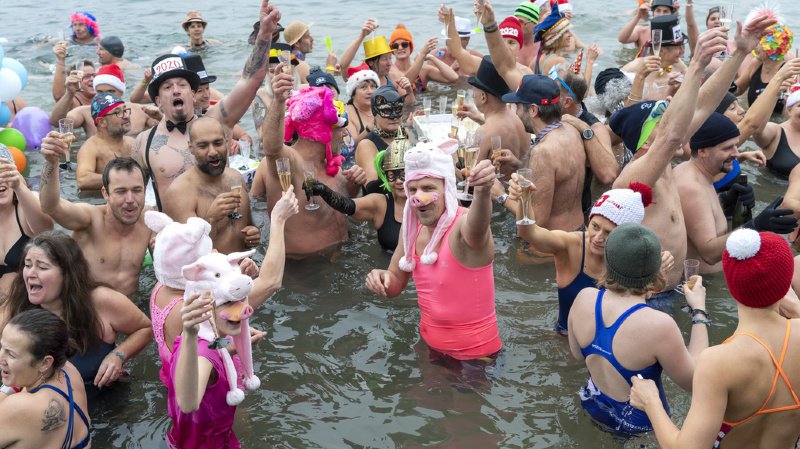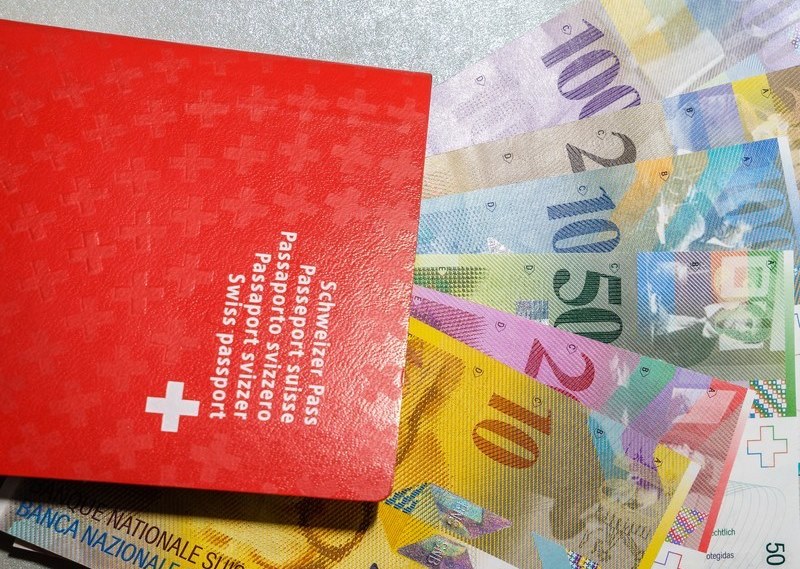Although he stopped dancing after injuring a knee, Leonid Timofeevich was invited to teach classical dancing at Bolshoi's Choreographic School (later renamed the Academy of Ballet), where he has been working for more than 40 years. Ten years before that, he took up photography, focusing his camera on the Bolshoi ballet.
Leonid Zhdanov won broad renown as a master of artistic photography. He published 18 photo albums and illustrated dozens of books, including two of academician Dmitry Likhachev's best known works (he was a friend of the scientist).
I went to Zhdanov's flat in Moscow's Sokolniki district, where we browsed through his albums containing the black-and-white history of Russian ballet. Zhdanov showed me his most prized possession, the world's largest private archive of photographs of academic dancing. It is a unique testimony to the glory of Russian classical dancing in the second half of the 20th century, with portraits of famed dancers, choreographers, composers and conductors.
I saw control strips of photos of worldrenowned choreographers Yuri Grigorovich and Kassian Goleizovsky (Zhdanov's teacher), soloists Vladimir Vasilyev and Yekaterina Maksimova, his student Natalia Bessmertnova, Mikhail Lavrovsky, YekaterinaMironova (the current rector of the Ballet Academy), Vyacheslav Gordeyev and Alexander Godunov. But his most favourite "sitter" is Maya Plisetskaya, with whom he danced in Swan Lake and other ballets. He has a separate album of photographs devoted to her.
"I have about 450,000 systematised photo negatives," Zhdanov said. "I thought nobody needed them here, but Igor Zhigachev, my friend and sponsor and simply a good man, convinced me to think about an exhibition. At first I refused to consider the idea, but he assigned a special man from his company to help me. This man sat down at the computer and I told him what I wanted done to the negatives. I would never have completed the task without him. It was Zhigachev's present for my 80th birthday." Computer technology breathed new life into old photos. Zhdanov soon saw its possibilities and, breaking out of the boundaries of classical photo genres, united his photos into diptychs, triptychs and collages and added captions to them. Taken together, they formed an almanac of short essays about the idea behind the dancing of people in Zhdanov's photographs.
I once saw a book, "The Perfection of Dance: A lesson by Leonid Zhadnov and Margarita Yussim, dance teachers at the Moscow Academic Choreographic School," printed in the UK. The book's drawings make one wonder at the incredible ability of the human body to clearly express ideas in the language of dance.
Zhdanov's photographs illustrate jumps, pirouettes, fouettes, glissades, supports, arabesques, cabrioles, battements, pas de bourree, croises, virtuoso rotations, jetes, plies, attitudes… The astonishing grace of Maksimova and the virtuosity of movement of Ulanova, combined with the academism of austere harmony in classical choreography, make mere technique come alive in Zhdanov's photographs. I am sure ballet lovers would fight tooth and nail to possess them, for I know people who do not simply admire ballet, but also melt into its atmosphere, with its tunics, tutus, and pointes.
"In 1908," Zhdanov told me, "Mikhail Fokin directed 'Chopiniana'. He did not use any virtuoso elements, no croises, no pirouettes, or acrobatic movements. What he offered was pure music and dance. And for 100 years since, the world has been dancing Fokine's version of Chopiniana, whereas performances staged to suit fleeting fashions have died. Beauty doesn't die; it is eternal. And ballet is like a symphony: it can live for a century, whereas performances in which Tanya loves Masha, while Masha loves Valya soon become outdated.
Ballet's drama is that the world has changed, although this does not mean that modern dancers cannot dance well. But they dance differently now, as in sport. Modern ballet choreographers cram performances with complicated jumps, ballones (Ballet Animation Language Linked Over Nudes Ellipsoid System), elevation, turnout legs, and the like. They claim this has a stimulating effect on the audience. But this is not the ballet we need."
You are teaching your students academic dancing, but ballet is still developing… My students - all of them are like children to me - will not dance the way Petipa taught his troupe to dance. It was good for the 1930s, and possibly for the 1950s through the1970s, but not now. I have good boys. Dmitry Gudanov is now dancing in the Bolshoi. Alexander Volchkov is also good. I trained many good girls too - Osipova, Bessmertnova.
"In fact, the majority of dancers in the Bolshoi are my students; they have the same style indicative of our school. They are developing their talent in the theatre without changing the general style. This does not mean I am against experiments in ballet, but why bring them to the Bolshoi? We must take only the best. For example, George Balanchine's Serenades have been added to the Bolshoi's repertoire. A wonderful performance.
When did you begin taking photos at the Bolshoi? I could not take photographs in the Bolshoi before 1953; it was not even allowed to bring a camera because it was a closed theatre which Stalin and the Politburo members sometimes visited. Stalin attended a performance shortly before his death. Three years ago, Maya Plisetskaya called me and said Roi Medvedev [purged from the Communist Party after the publication of his book, Let History Judge, which criticised Stalin and Stalinism at a time when official Soviet propaganda was trying to partially rehabilitate the dictator] had told her that Stalin was in the Bolshoi on February 28, 1953, when Maya and I danced Swan Lake. He had a stroke later that night.
Goleizovsky was your ballet teacher. Who was your teacher in photography? Henri Cartier-Besson, a famous and respected photographer. I once saw an album of his photographs and understood how I should proceed. I consider him my photography teacher. He is a wonderful master.
Is photography an art or a handicraft? As for photography, I don't think it is an art. Seeing something and clicking to perpetuate it is not creating anything. Not everyone has the right to photograph ballet, for you must know very well about movement, the fabric of the dance and composition. This is why I created such extensive captions for the exhibition in Solyanka: it is like a translation from a foreign language, the language of dance.
Leonid Zhdanov had his 80th birthday in June 2007, the age when one should start thinking about God and soul. But he cannot stop: "When we finished preparing the exhibition, I told Zhigachev this was it, full stop. But he told me it was a comma, because the photographs must be converted into CD images to prevent the eventual loss of negatives. I saw that I must do this, and this has given me a fresh lease on life. Now I have more than enough creative plans." One of them will materialise this autumn, when an exhibition of Yuri Zhdanov's photographs devoted to his master, Kassian Goleizovsky, will open in Moscow.













